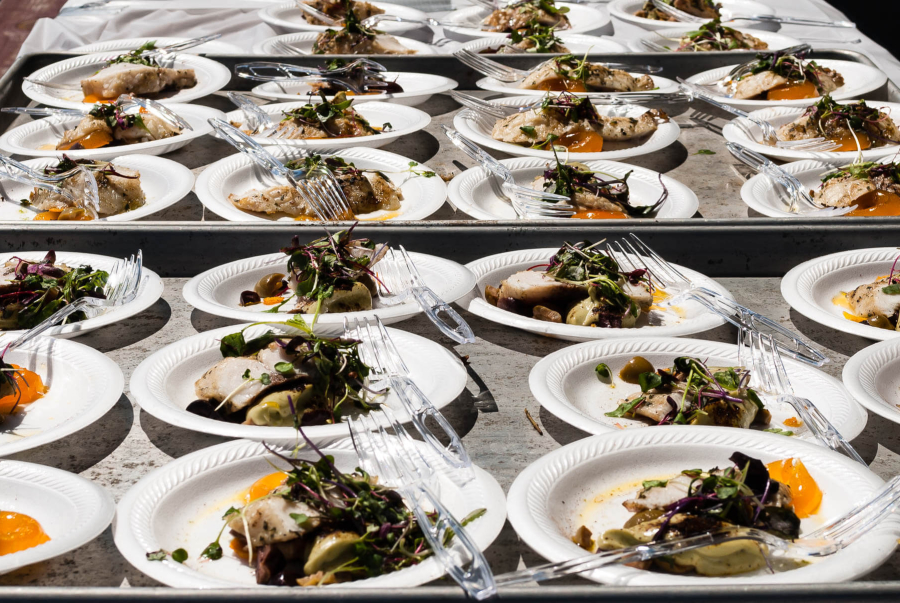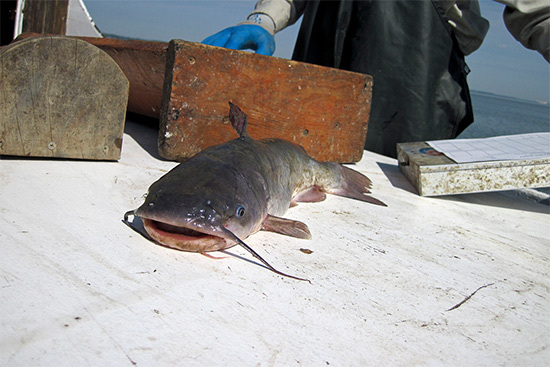Letter from Leadership: Wide Net, huge heart
Founders of the Wide Net Project find a solution to hunger in the Bay’s invasive catfish problem.

Every once in a while, one is struck by the power of a new idea. At a recent event held by the Maryland Department of Natural Resources (DNR) to kick off a public education campaign about invasive catfish in the Chesapeake Bay, I learned about an initiative called the Wide Net Project. The concept of the Wide Net Project is elegant in its simplicity and its brilliance.

Neither blue nor flathead catfish are native to the Chesapeake Bay. Unfortunately, the invasive species have become apex predators that feed voraciously on other fish and shellfish. In some areas of the watershed, they represent a significant percentage of a tributary’s total fish biomass. But they are also a good source of lean protein.
In this invasive catfish problem, Wide Net Project co-founders Sharon Feuer Gruber and Wendy Stuart saw a solution: the catfish could be fished out of local tributaries and used to provide low-cost protein to hunger relief organizations.
Wide Net Project staff work with J.J. McDonnell, a large seafood company, to process and distribute the catch from area anglers. Staff sell the fish to restaurants, grocers, hospitals, universities and other institutions at market price. A significant portion of these sales is used to lower the price of the fish staff then sell to hunger relief agencies, which normally can’t afford healthy, local foods. To address the health concern related to the potential accumulation of toxins in older and larger fish, the Wide Net Project markets and sells only younger and smaller blue catfish. J.J. McDonnell also recycles fish waste produced during processing into pet food.
At the DNR event, which was held at Smallwood State Park on the Mattawoman Creek, chefs cooked up samples of blue catfish. While I enjoy eating fish, I don’t think I had ever tasted catfish before that day. I tried some, and found it had a flakey white meat and a light and delicate taste. I thought to myself, one should never underestimate the power of a great idea or the ability of a few dedicated individuals to get things done. Sharon and Wendy connected the dots and inspired us all.
Note: The opinions expressed above are those of the author and do not necessarily reflect U.S. EPA policy endorsement or action.

Comments
There are no comments.
Thank you!
Your comment has been received. Before it can be published, the comment will be reviewed by our team to ensure it adheres with our rules of engagement.
Back to recent stories